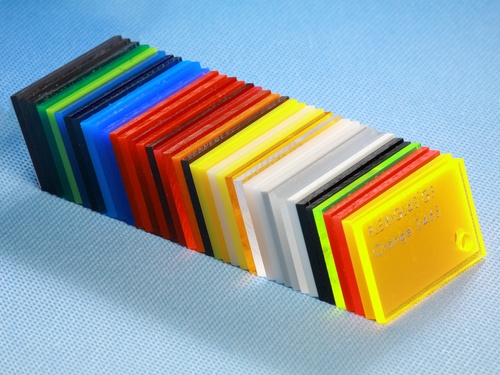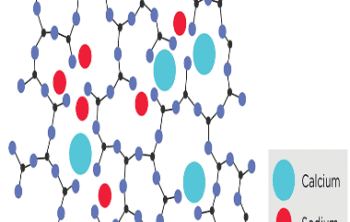In the ever-evolving landscape of materials science and design, one substance has emerged as a transparent pioneer – organic glass. Also known as acrylic glass, polymethyl methacrylate (PMMA), or simply acrylic, this versatile material has redefined the boundaries of innovation, offering a unique blend of aesthetic appeal, durability, and practicality. From iconic architectural landmarks to everyday household items, organic glass has left an indelible mark on the modern world.

Unveiling the Organic Marvel:
Organic glass is a synthetic polymer derived from acrylic acid or its esters. The resultant material, PMMA, possesses exceptional optical clarity, making it an ideal substitute for traditional glass in a wide array of applications. Organic glass can be cast, molded, and shaped into various forms, retaining its transparency while offering a lightweight and shatter-resistant alternative to conventional glass.
A Brief History:
The roots of organic glass can be traced back to the early 20th century. In 1928, the chemical compound polymethyl methacrylate was first synthesized by British chemists Rowland Hill and John Crawford. However, it wasn’t until the 1930s that the material’s true potential began to be realized. In the subsequent decades, organic glass underwent refinements in production techniques, leading to its widespread adoption in diverse industries.
Versatility and Applications:
One of the defining features of organic glass is its versatility. From utilitarian objects to high-end design elements, organic glass has found its way into virtually every facet of modern life. Some of its notable applications include:
1. Architecture and Design: Organic glass has graced the facades of iconic buildings, offering architects the ability to create transparent structures that seem to defy gravity. Its adaptability allows for the creation of futuristic skylights, walls, and roofing systems that usher natural light into interior spaces.
2. Automotive Industry: Acrylic glass has been used in automobile design for windows, sunroofs, and headlight covers due to its lightweight nature and resistance to impact. Its exceptional clarity ensures driver visibility and enhances the overall aesthetics of vehicles.
3. Furniture and Home Decor: The use of organic glass in furniture design has gained popularity due to its contemporary appeal. Coffee tables, chairs, shelves, and decorative panels crafted from acrylic exude a sense of modern sophistication.
4. Art and Sculpture: Acrylic glass has captured the imagination of artists and sculptors, offering a medium that allows for creative expression with an ethereal touch. Its transparent properties can be harnessed to create visually stunning installations and sculptures.
5. Retail and Displays: Many retail environments utilize organic glass for display cases, signage, and product stands. Its ability to showcase items without distraction and resistance to shattering make it an attractive choice for commercial spaces.
A Sustainable Future:
In a world increasingly conscious of environmental impact, organic glass has shown promise as a sustainable alternative to traditional materials. Its production process consumes less energy and emits fewer greenhouse gases compared to glass production. Additionally, acrylic can be recycled, reducing waste and promoting circular design practices.
Conclusion:
Organic glass, with its intriguing blend of transparency, durability, and versatility, stands as a testament to human ingenuity and the progress of material science. From its humble beginnings as a synthetic polymer to its widespread use across industries, organic glass has revolutionized the way we interact with our surroundings. Its ability to transform light into a mesmerizing dance of clarity makes it not only a material of utility but a source of artistic inspiration, embodying the seamless harmony between functionality and aesthetics. As we continue to explore the frontiers of innovation, organic glass will undoubtedly remain a steadfast companion, guiding us toward a future where form meets function in a translucent embrace.
Read more for best glass cookware brand


